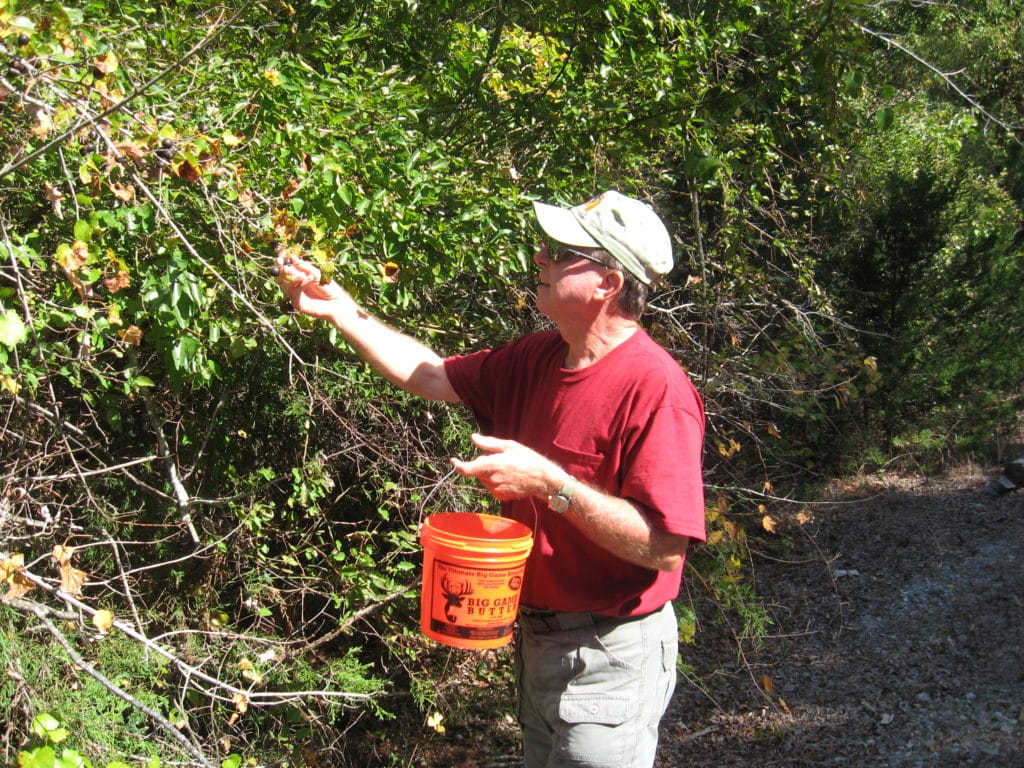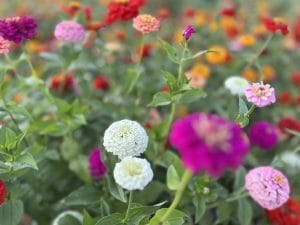

Uh oh...
It appears that you're using a severely outdated version of Safari on Windows. Many features won't work correctly, and functionality can't be guaranteed. Please try viewing this website in Edge, Mozilla, Chrome, or another modern browser. Sorry for any inconvenience this may have caused!
Read More about this safari issue.

Muscadines have a very different and distinct taste from other grapes and get their name from their rich musky aroma. Native to Arkansas, muscadines are the oldest grape in America, and were cultivated by Native Americans over 400 years ago. An underestimated fruit for a variety of reasons, muscadines are most commonly known for making wine and homemade jelly, but are also very tasty and healthy when eaten fresh.

The fruit is about the size of a concord grape and similar in color with a dark purple appearance. Muscadines have a thick skin that is somewhat rough in texture on the outside, and is where much of the antioxidant power of the muscadine grape is stored. The skin makes up about forty percent of the fruit and encapsulates a pulp sack that holds three or four rather large seed. This thick skin gives muscadine grapes a natural resistance to disease, fungi, and insects, which means they can be produced and farmed with only half the sprays required by other varieties of grapes.

Muscadines have significantly more antioxidants than other grapes and as much as six to eight times more antioxidants than whole blueberries. The pulp and large seed are an excellent source of dietary fiber, plus they contain no saturated fat and are cholesterol free. Don’t worry if the lips have a slight itch after eating a handful of muscadine fruit that is one of the best wild fruits to be found in Arkansas.

You can transplant a muscadine seedling from a nursery or by layering an existing vine in your yard for a great source of cover. Note that if you want to grow the fruit itself you must have both male and female vines growing next to each other. Muscadines prefer a warm climate with high humidity and flourish in areas of full sun with well-draining, fertile, sandy soil and temperatures that usually stay above ten degrees Fahrenheit.
Muscadines are gathered by local residents primarily for their juice which is used for making the best tasting jelly available. The fall equinox marks the time of year that you should be on the lookout for muscadine vines. They can be found along highways, county roads, and by hiking throughout the beautiful forests. I especially enjoy walking down logging roads, beginning a couple of weeks before the official arrival of fall and a couple of weeks after the fall equinox, searching for the vines that grow out of the ground and often climb high into the surrounding trees.
Join the Conversation
Leave a Comment
One response to “‘Tis The Season For Muscadines”
 Leave a Reply
Leave a Reply
We do the work.
You check your email.
Sign up for our weekly e-news.
Get stories sent straight to your inbox!











 Leave a Reply
Leave a Reply
I’m hoping to transplant muscadine vines from the forest adjacent to my property in Little Rock. But, I’m confused about the whole male vs female thing. If I choose say eight vines from the forest here but have not witnessed them fruiting recently, how do I know I’ll have the correct ones? And, if I order two additional ones from a nursery in order to have fruiting ones, how do I know those will pollinate my local ones? Thanks